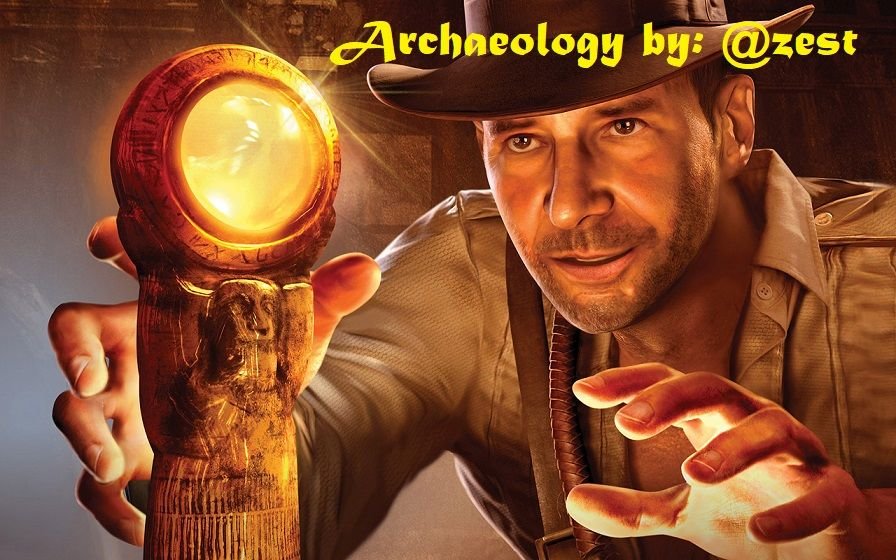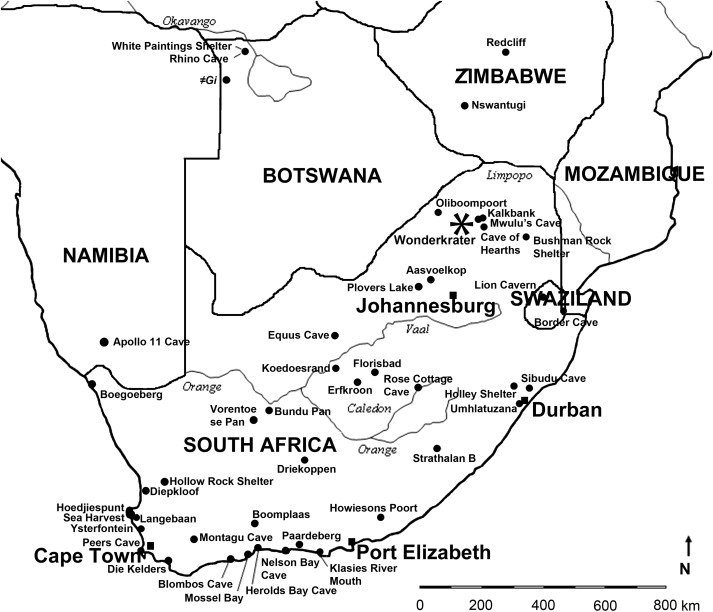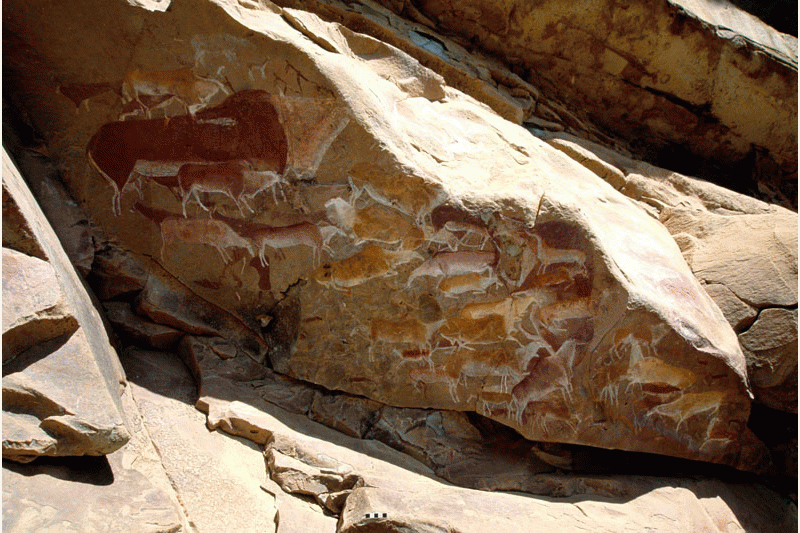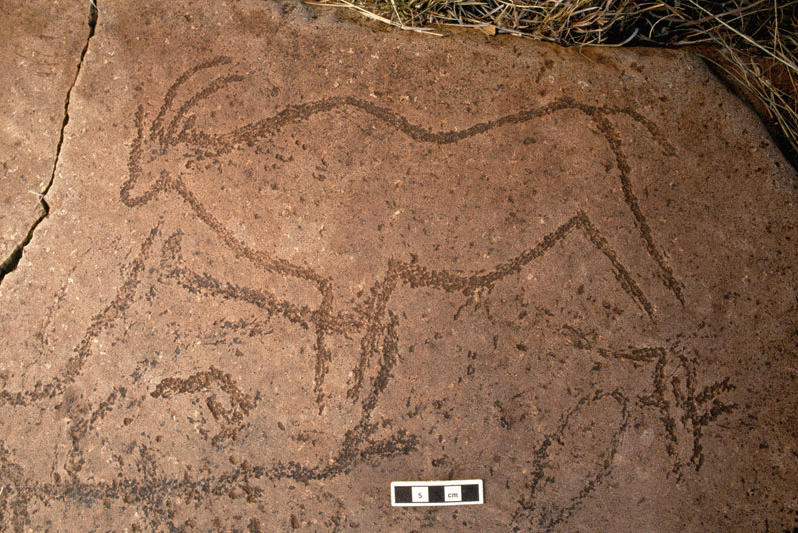
Dear Reader
In this following series of posts we are covering the Later Stone Age of South Africa, I highly encourage you to please read the Introduction, Historical Background, Advances in Later Stone Ageand Climatic conditions of the LSA in South Africa posts to this series to bring you update to date with the information and terminology we have covered so far.
For a change you will also notice this post is much shorter than my normal posts, the reason for that is the following information can be easily summarised based on the above posts.
Elements characteristic of the Later Stone Age
- New cultural elements are visible in the archaeological record at the beginning of the LSA. Archaeologists now believe that, during this period, there must have been a widespread expression of creativity, and more preoccupation with ritual aspects of culture - all of this is indicated by the far greater diversity in the material remains. When compared with the preceding cultural stages these elements indicate a population explosion on the one hand and, on the other, more leisure time in which to give expression to these activities.
- An abundance of art and diverse items for personal adornment make their appearance for the first time in the archaeological record. These include rock paintings, engravings, decorated bone tools, engraved ostrich eggshell water containers(flakes) as well as beads and pendants of ostrich eggshell. Marine and freshwater shells are, to a lesser extent, also used for the manufacture of beads and pendants.
- Traces of the toolkits used for hunting and fishing are found in archaeological deposits, these traces take the form of fore- or linkshafts (as components of arrows), polished bone points and backed microliths (used as projectile points in arrows); more rarely, such traces also take the form of fish hooks, gorges and sinkers.
- Microlithic tools and the cores from which they were manufactured are abundant in LSA assemblages. Microliths are associated with the practice using mastic to fix stone tools onto handles. Note that this type of hafted tool is rarely found in deposits.
- Scrapers, always highly visible in most stone tool assemblages, become much more abundant and varied in style. Scrapers are associated with skin-working activities. Other implements relating to these activities, such as bone needles and awls are also present in LSA deposits. Leather fragments, sometimes with sewn pieces, are infrequently preserved.
- Specialised tools and containers for gathering veld foods appear in LSA archaeological deposits. These include bored stone digging stick weights, digging sticks, carrying bags of leather and netting, ostrich eggshell water containers and tortoise shell bowls and scoops. Pottery containers were used during the last 2000 years.
- Human skeletal remains and formal burials are associated with ochre, and occasionally with painted gravestones. Burial become more abundant at this time.
- A formal range of stone implements used in the manufacture of the above items is present. This range includes borers for perforating ostrich eggshells beads, reamers used in the preparation of bored stones, adzes used in woodworking, and grooved stones used for a variety of purposes (eg smoothing beads to the desired shape, straightening arrows and applying poison to arrowheads).
Images are link to their sources in their description and references are stated within the text.
Thank you for reading
Thank you @foundation for this amazing SteemSTEM gif





